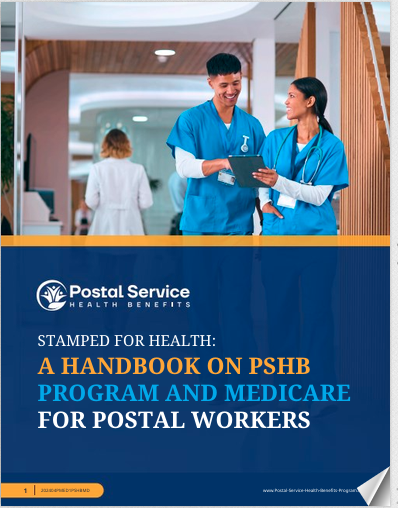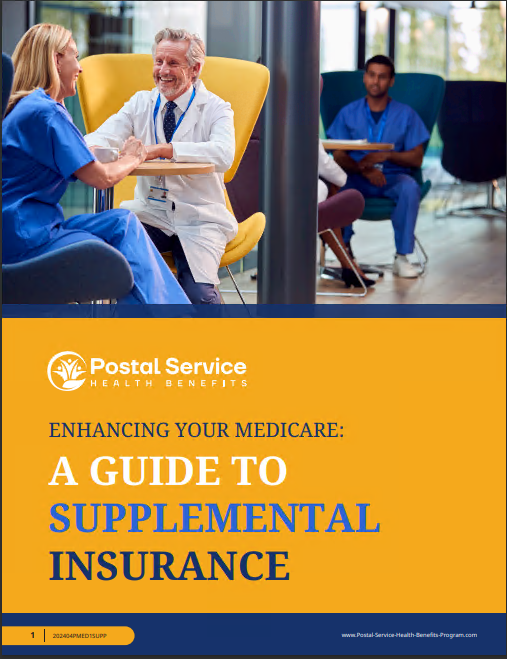Key Takeaways
- USPS workers can choose from a variety of dental insurance plans under the Federal Employees Dental and Vision Insurance Program (FEDVIP), offering flexible and comprehensive dental care.
- Understanding the Postal Service Health Benefits (PSHB) program and how it integrates with FEDVIP can help USPS workers maximize their dental benefits.
USPS Workers’ Guide to Top Dental Insurance Options
Postal employees have access to comprehensive dental insurance programs designed to meet their specific needs. Selecting the right plan is essential for maintaining optimal oral health. This guide provides an in-depth look at the top dental insurance options available to USPS workers, helping them make informed decisions about their coverage.
Top Dental Insurance Options for USPS Workers
The Federal Employees Dental and Vision Insurance Program (FEDVIP) is the primary dental insurance option available to USPS employees. This program offers a variety of plans with competitive premiums and no pre-existing condition limitations, ensuring broad access to dental care. FEDVIP includes several nationwide and regional plans that offer extensive coverage.
Nationwide Plans
FEDVIP provides six nationwide dental plans, available to all eligible USPS employees regardless of their location. These plans offer extensive coverage, including international options for those who travel frequently. Nationwide plans typically cover preventive care, basic services, and major dental work, ensuring comprehensive dental health support.
Regional Plans
For USPS employees looking for more localized coverage, FEDVIP offers four regional dental plans. These plans are tailored to specific areas, often providing competitive premiums and strong local networks of dental providers. Regional plans can be an excellent choice for employees who prefer receiving dental care within their local community.
Enrollment and Eligibility
Enrollment in FEDVIP is open to all eligible federal and postal employees, retirees, and their family members. The enrollment period typically occurs during the annual Federal Benefits Open Season, which runs from mid-November to mid-December. New employees or those experiencing a qualifying life event can enroll or make changes to their coverage within 60 days of becoming eligible.
To be eligible for FEDVIP, USPS employees must be eligible for the Federal Employees Health Benefits (FEHB) program or the Health Insurance Marketplace (Exchange). However, actual enrollment in FEHB or an Exchange plan is not required to participate in FEDVIP.
Premiums and Payment
Premiums for FEDVIP plans are deducted from employees’ paychecks on a pre-tax basis, making the plans a cost-effective option. For retirees, premiums are deducted from annuities on a post-tax basis. This pre-tax deduction can lead to significant tax savings for active employees.
Best Dental Plans for Postal Employees
Selecting the best dental plan involves evaluating various factors, including coverage options, costs, and personal dental care needs. Here are steps to help USPS employees choose the most suitable dental insurance plan:
Assessing Dental Care Needs
Assessing current and anticipated dental care needs is crucial. USPS employees should consider the frequency of dental visits, types of dental services required (e.g., preventive care, restorative services), and any ongoing dental conditions.
Comparing Plan Benefits
Each FEDVIP dental plan offers different levels of coverage for various services. Commonly covered services include:
- Preventive Care: Routine exams, cleanings, and X-rays.
- Basic Services: Fillings, extractions, and periodontal treatments.
- Major Services: Crowns, bridges, dentures, and orthodontics.
Comparing these benefits can help employees determine which plan offers the best value and coverage for their needs.
Evaluating Costs
While premiums are a crucial consideration, USPS employees should also evaluate other costs associated with each plan, such as deductibles, co-pays, and out-of-pocket maximums. Understanding the total cost of coverage can help in selecting a plan that fits within the budget.
Key Benefits of USPS Dental Insurance
Understanding the benefits associated with dental insurance plans is essential for making informed decisions. Here’s a breakdown of typical benefits offered by FEDVIP dental plans:
Comprehensive Coverage
FEDVIP dental plans provide comprehensive coverage for a wide range of dental services, ensuring that employees and their families receive necessary care. Coverage typically includes:
- Preventive and Diagnostic Services: Routine exams, cleanings, fluoride treatments, and X-rays are often covered with no or minimal co-pays.
- Basic Services: Procedures like fillings, extractions, and root canals usually have moderate co-pays or coinsurance.
- Major Services: More complex procedures such as crowns, bridges, dentures, and orthodontic treatments may have higher co-pays or coinsurance.
Cost Structure
The cost structure of FEDVIP dental plans includes several components:
- Premiums: Monthly payments deducted from employees’ paychecks or retirees’ annuities.
- Deductibles: The amount employees must pay out-of-pocket before the plan begins to cover certain services.
- Co-pays/Coinsurance: The portion of costs that employees are responsible for at the time of service.
- Out-of-Pocket Maximums: The maximum amount employees will pay for covered services in a plan year, after which the plan covers 100% of eligible expenses.
Premium Payment Methods
For active employees, premiums are deducted on a pre-tax basis, reducing taxable income and providing tax savings. Retirees, on the other hand, have premiums deducted from their annuities on a post-tax basis. This distinction is important for understanding the net cost of coverage.
Costs and Coverage of USPS Dental Plans
Evaluating the costs and coverage options of dental plans helps USPS employees make informed choices. Here’s how to navigate this process:
Premiums and Deductions
FEDVIP premiums are deducted from USPS employees’ salaries on a pre-tax basis, which can reduce taxable income and result in tax savings. For retirees, premiums are deducted from annuities on a post-tax basis.
Deductibles and Co-pays
Understanding the deductibles and co-pays associated with each plan is crucial. Employees should evaluate how much they will need to pay out-of-pocket before the plan begins to cover services and what portion of the costs they will be responsible for at the time of service.
Out-of-Pocket Maximums
Each plan has an out-of-pocket maximum, which is the maximum amount employees will pay for covered services in a plan year. Once this maximum is reached, the plan covers 100% of eligible expenses for the remainder of the year.
Cost Comparison
Comparing the total costs of different plans, including premiums, deductibles, co-pays, and out-of-pocket maximums, helps employees select a plan that fits their budget and dental care needs.
Optimizing USPS Employee Dental Benefits
Maximizing dental insurance benefits involves understanding plan details and utilizing available resources effectively. Here are some strategies for USPS employees to get the most from their dental coverage:
Utilize Preventive Services
Preventive services, such as routine exams and cleanings, are typically covered with no or minimal co-pays. Regular use of these services can prevent more serious and costly dental issues down the line. Taking advantage of these benefits ensures better oral health and reduces the need for extensive dental treatments.
Stay In-Network
Most FEDVIP dental plans offer the highest level of coverage when services are provided by in-network dentists. Using in-network providers can significantly reduce out-of-pocket costs. Employees should check the network status of their preferred dentists and, if necessary, consider switching to in-network providers to maximize benefits.
Review and Compare Plans Annually
Dental care needs can change over time, making it important to review and compare plans annually during the Open Season. Employees should evaluate whether their current plan continues to meet their needs and consider switching plans if better options are available.
Understand Plan Limitations
Being aware of plan limitations and exclusions is crucial for avoiding unexpected costs. Employees should read their plan documents carefully to understand what services are covered and any applicable limitations or waiting periods.
Use Health Savings Accounts (HSAs) and Flexible Spending Accounts (FSAs)
For those eligible, HSAs and FSAs can be used to pay for out-of-pocket dental expenses with pre-tax dollars. Utilizing these accounts can provide additional tax savings and help manage dental care costs more effectively.
The Role of the Postal Service Health Benefits (PSHB) Program
Starting in 2025, the Postal Service Health Benefits (PSHB) program will provide health insurance to eligible Postal Service employees, retirees, and their eligible family members. PSHB will replace the Federal Employees Health Benefit (FEHB) program for these groups. While primarily focused on health insurance, PSHB’s integration with FEDVIP will continue to offer dental and vision benefits under similar terms. This change aims to provide more tailored benefits to postal employees and retirees, ensuring comprehensive healthcare coverage.
Conclusion
USPS workers have access to a range of dental insurance options through FEDVIP, offering comprehensive coverage to meet diverse dental care needs. By understanding the available plans, assessing personal dental care requirements, and utilizing preventive services, postal employees can maximize their dental coverage benefits. The introduction of the PSHB program will further enhance the healthcare options for postal employees and retirees, ensuring continued access to essential dental and vision care. Regularly reviewing and comparing plans ensures that employees continue to receive the best possible coverage, helping them maintain optimal oral health.
Contact Information:
Email: [email protected]
Phone: 9045552345






